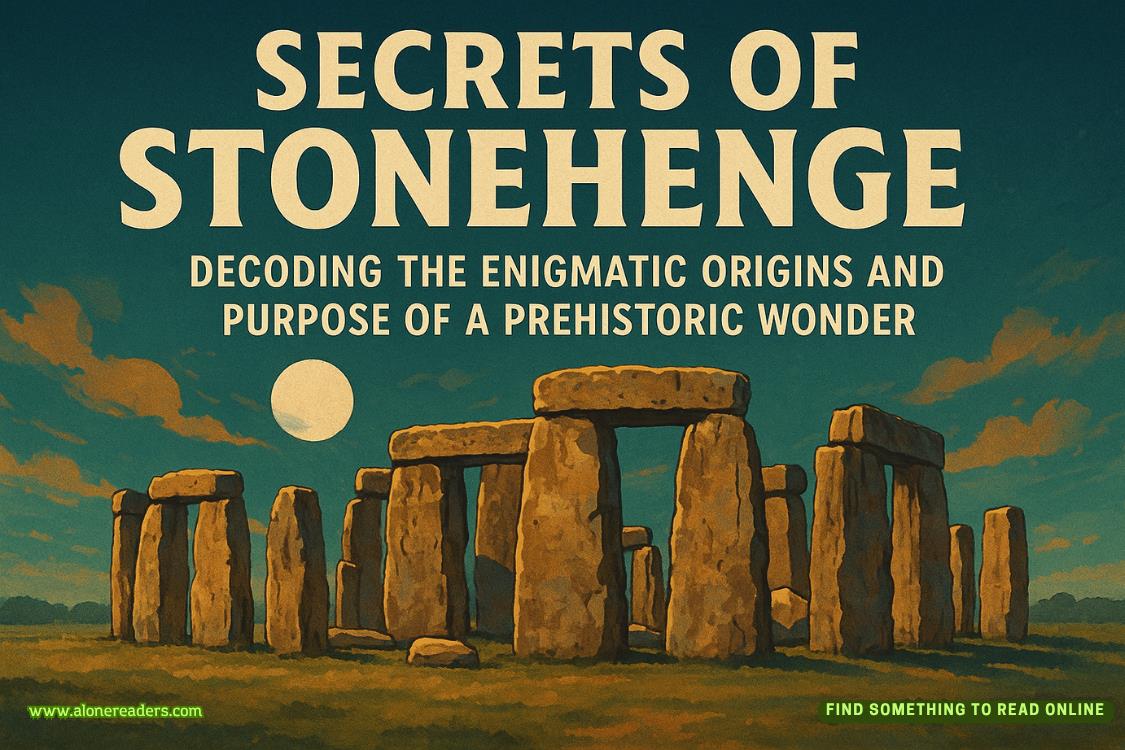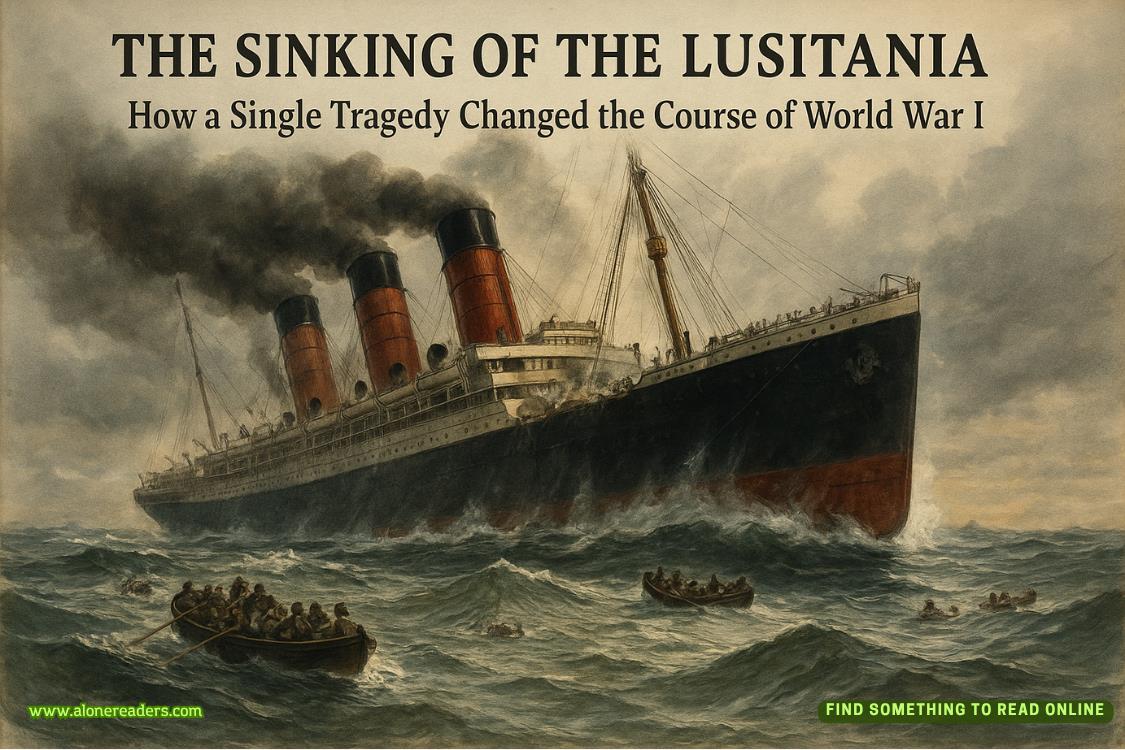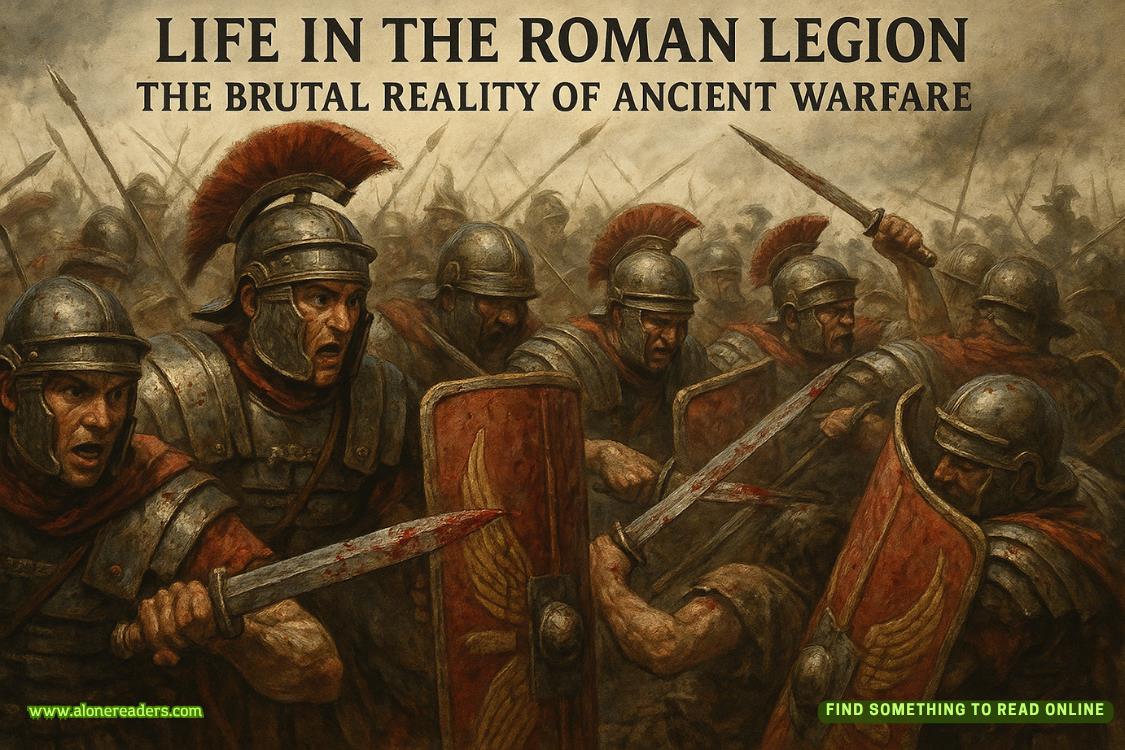Page 44 of Threads of Kindness
“We’ll put up a sign that announces the museum isComing Soon. When you have an opening date, we’ll redo the sign to include the date.”
It was Anita’s turn to press her hand to her heart. “I’m so grateful,” she said.
“You haven’t toured the space,” Sunday reminded her. “Come to the library, so you get an idea of how many machines you’ll be able to display. If you give me basic info on the machines, I’ll make placards to post by each one. When can you stop by?”
“Are you headed back to the library now?” Anita asked.
Sunday shook her head. “I’m on my way to Celebrations to order my invitations. That shouldn’t take too long. I’d be happy to go to the library with you when I’m done.”
“I don’t want you to hurry your decision,” Anita said. “If you’re working tomorrow, I’ll stop by first thing in the morning, before I open the shop.”
“That’ll be perfect,” Sunday said.
“I’ll see you then,” Anita said, walking Sunday to the door. “And please keep me posted about your dress. I can’t wait to see you in it.”
The person staffingthe information desk called Sunday to let her know she had a visitor. Sunday grabbed a notebook and pen and headed downstairs. She and Anita greeted each other with a hug.
“Did you get your invitations ordered?” Anita asked.
Sunday nodded. “They’re so pretty! The background is a pale peach that mimics a watercolor finish. An inset border of pale green vines frames the text, which is printed in a scrolly—but not too fancy—font. There was so much to choose from that it took me almost two hours to decide.”
“Believe me,” Anita said, “that was fast. Since Judy and I both work with brides, we compare notes. She’s told me stories of brides and their mothers who spend hours looking through invitation books and come back to the store several times before they make a decision.”
“Good grief,” Sunday said.
“That you finished in two hours may make you the most decisive bride of the year. I’ll bet Judy even closed the shop on time and was home for dinner.”
“Not quite,” Sunday said with a laugh. “We had so much fun chatting that I spent another hour and a half talking with her after she closed up.”
Anita smiled. “Judy’s a good listener. That’s why she knows everything going on in this town— she’s genuinely interested inwhat people have to say. People sense that in her and open up to her.”
“Honestly,” Sunday said, “I felt like she was the big sister I never had. We went over my wedding plans, and she offered some terrific suggestions.”
“I’m glad to hear it,” Anita said. “She’s very knowledgeable. I’m sure she gave you great advice.”
“We also segued into where Josh and I are going to live after the wedding.”
Anita cocked an eyebrow at her.
“He’s going to move in with me until we have time to look for a place near the center of town. That location will be close to both of our jobs. We’d love an older home, like the ones behind the square. There’s a house across the street from the Olsson House that appears to be vacant. Josh and I strolled past it on New Year’s Eve, and now I drive by it every day on my way to work.” She sighed. “It’s not for sale, and we won’t have enough saved for a down payment for at least a year, anyway. Even the fixer-uppers are out of our price range, so we need to find someplace to rent.”
Anita tilted her head. “What did Judy say to that?”
“She told me she grew up in her grandmother’s house on one of the streets behind the square and inherited it when she died. She shared the story of how she bought the Olsson House on a whim at a tax foreclosure sale—and how the hand-carved wooden ornaments in the attic led her to her husband. If that isn’t a Hallmark Channel Christmas movie script, I don’t know what is!” Sunday laughed. “Anyway, Judy told me she loves their neighborhood and would never consider living anywhere else. She encouraged us to keep saving our money. She said a real estate miracle might happen for us, just like it did for her when she was the successful bidder at that sale.”
Anita chuckled. “That sounds like her—and it’s solid advice. My mother used to say, ‘You never know where your good is going to come from.’”
“I like that,” Sunday said. “But you didn’t come in here to talk about my wedding invitations and our real estate woes. Let’s look at the exhibit space.” She led Anita to a large open area off the main reading room. “This is where we’re going to house our rotating exhibits.”
Anita stepped into the space. The vaulted ceiling of the first-floor room was illuminated by a ring of windows. Wrought iron and glass pendants hung from the ceiling. The hardwood floors added warmth to the space. Three plexiglass display stands stood in the middle, surrounded by enclosed display cases.
Anita swiveled to face Sunday. “This will be perfect. I already know which three machines I’ll place on the display stands.” She studied the cases. “How much display space is there in those three cases?”
“Eighteen feet,” Sunday said.
“I’ll need to go home and measure my machines, but I think I’ll need eighteen inches of space for each one.”
“That’s twelve machines,” Sunday said, “plus the three that will be in the center. How soon do you want to begin setting them up?”















